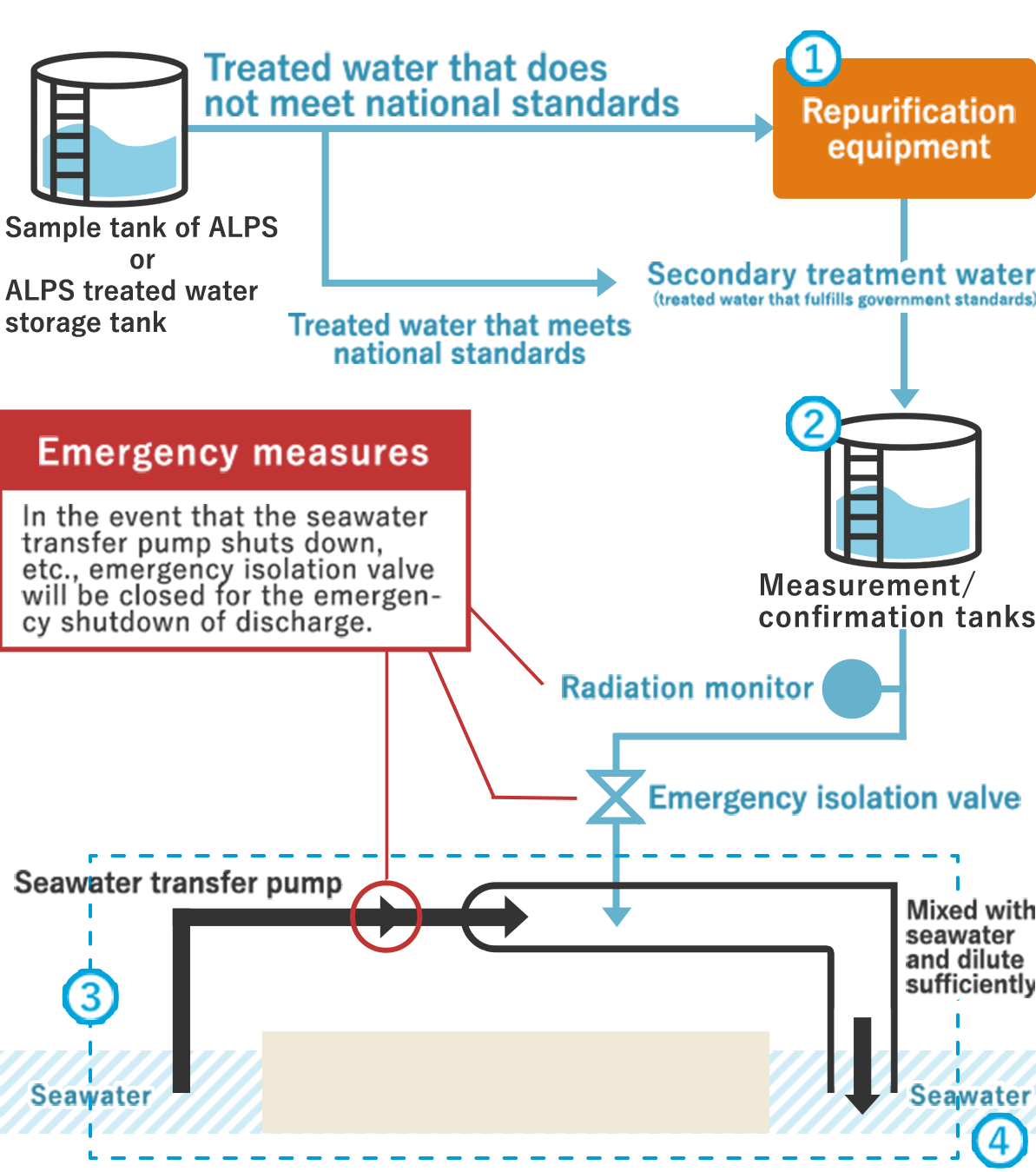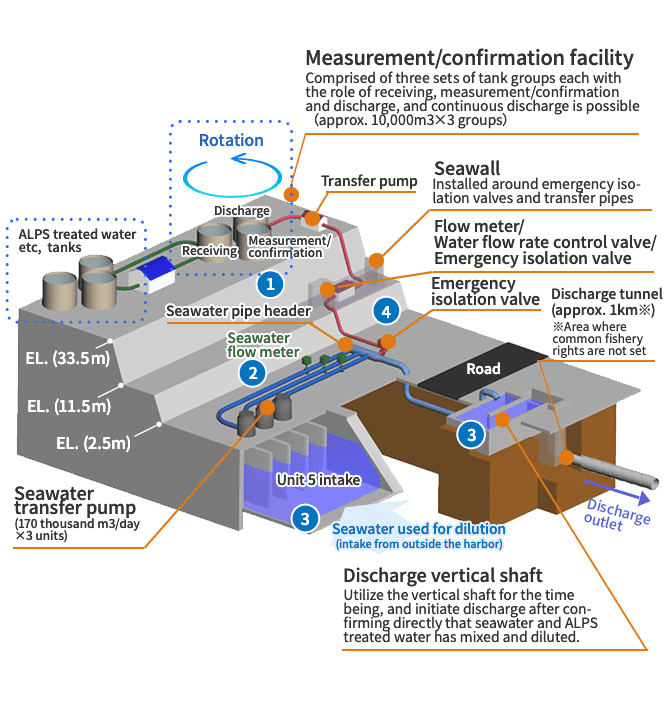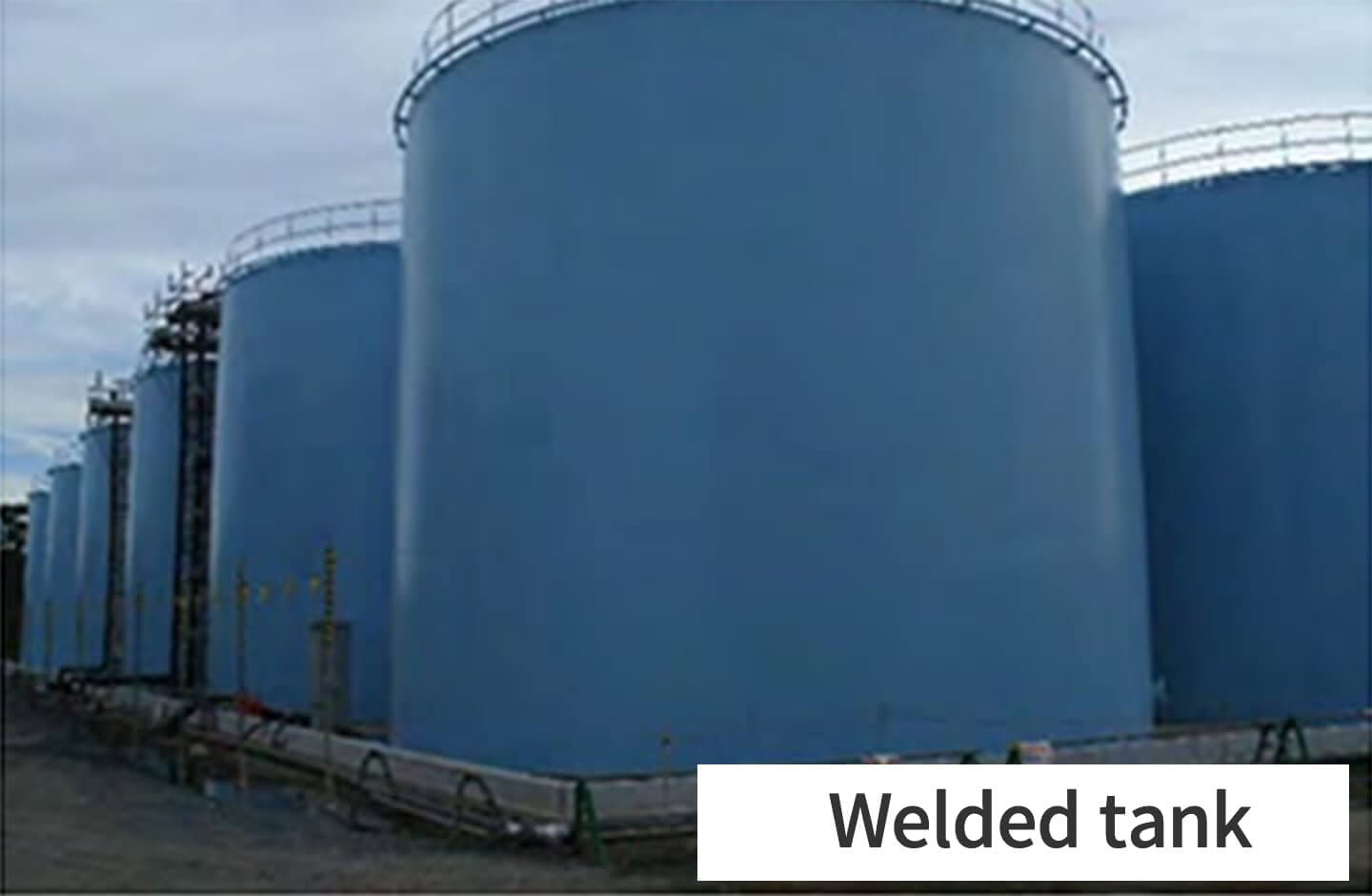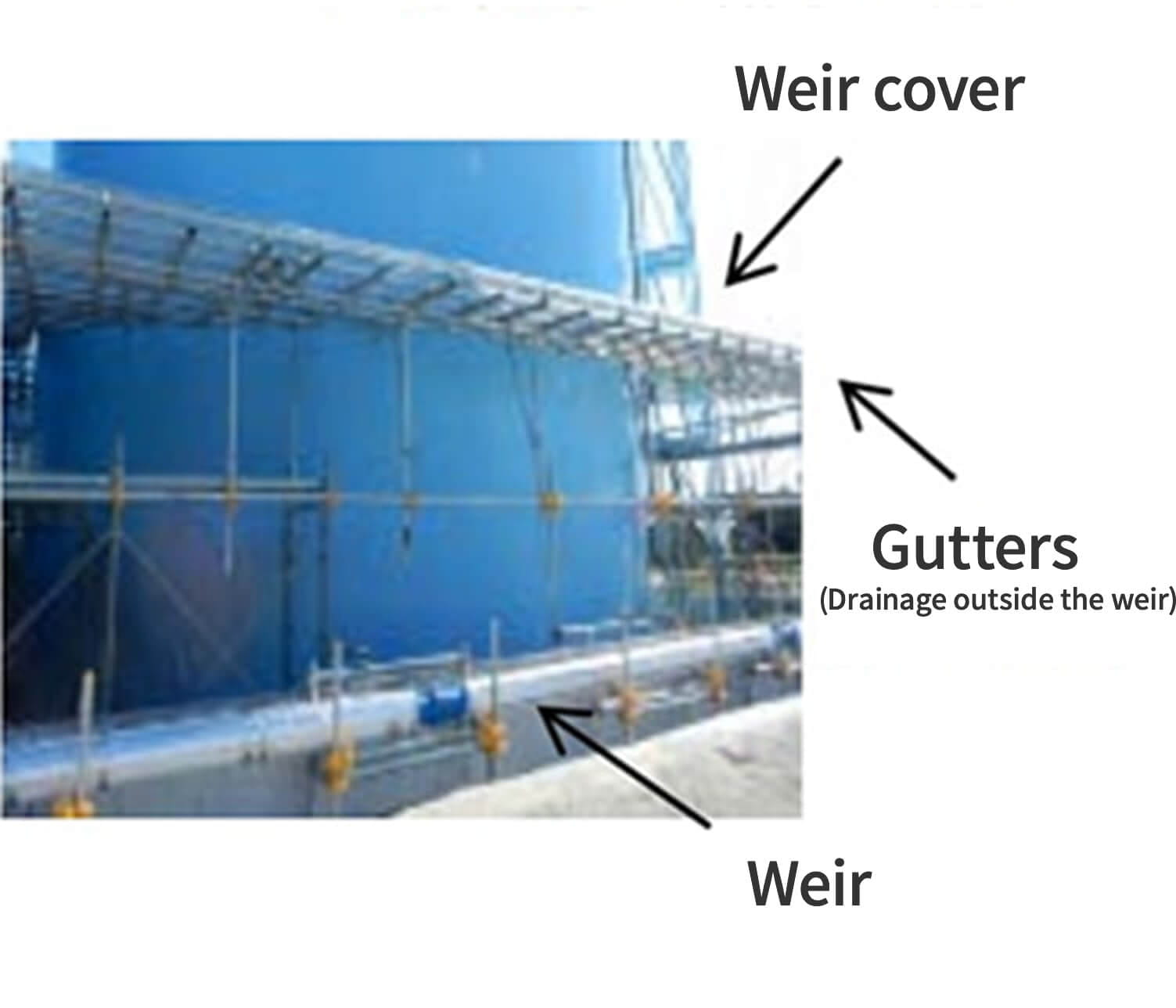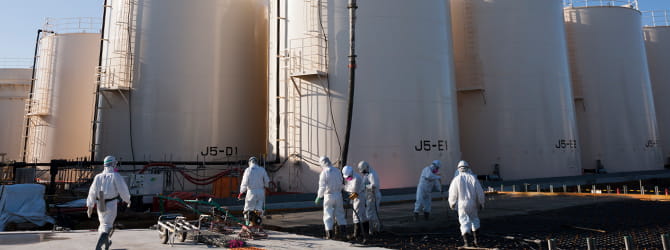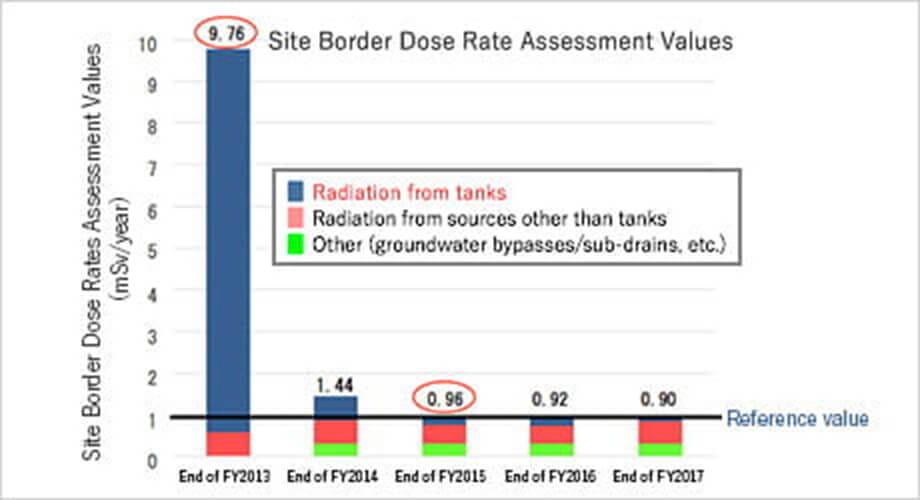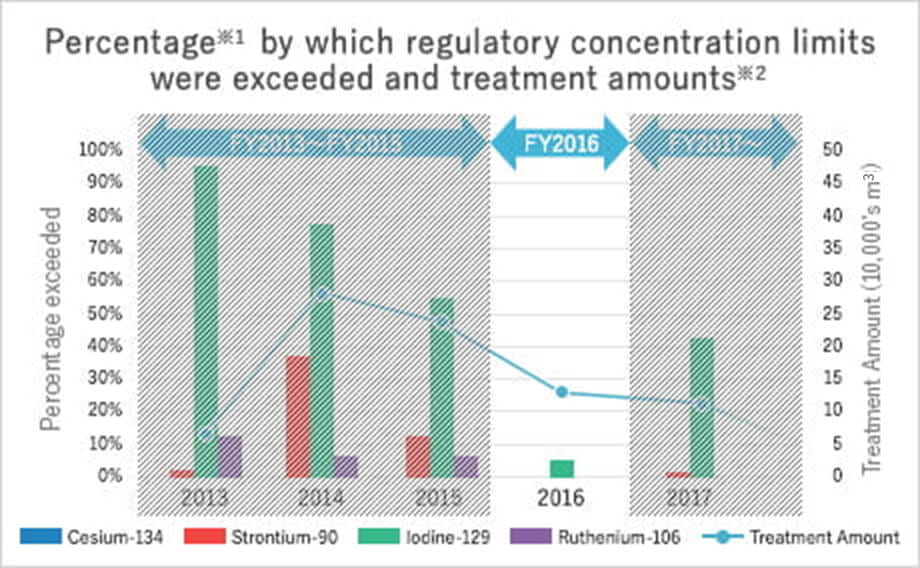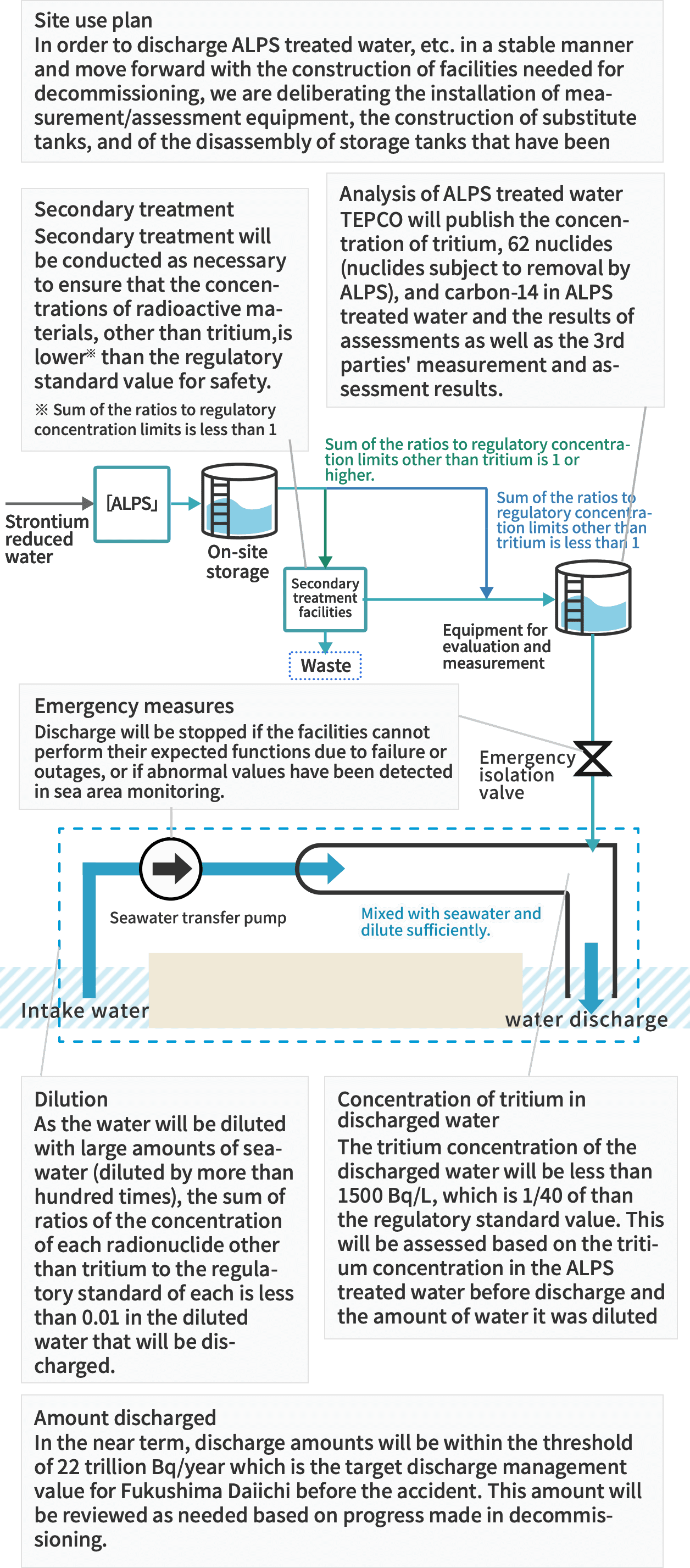The Japanese government’s standards for discharging contaminated water into the environment (regulatory concentration limits)
National laws and regulations※ that stipulate the radioactive concentration limits for each radionuclide if radioactive substances from the Fukushima Daiichi Nuclear Power Station are to be discharged into the environment.
※Public Notification of Requirements for the Safety of the TEPCO Fukushima Daiichi Nuclear Power Station and the Protection of Specific Nuclear Fuel Material



